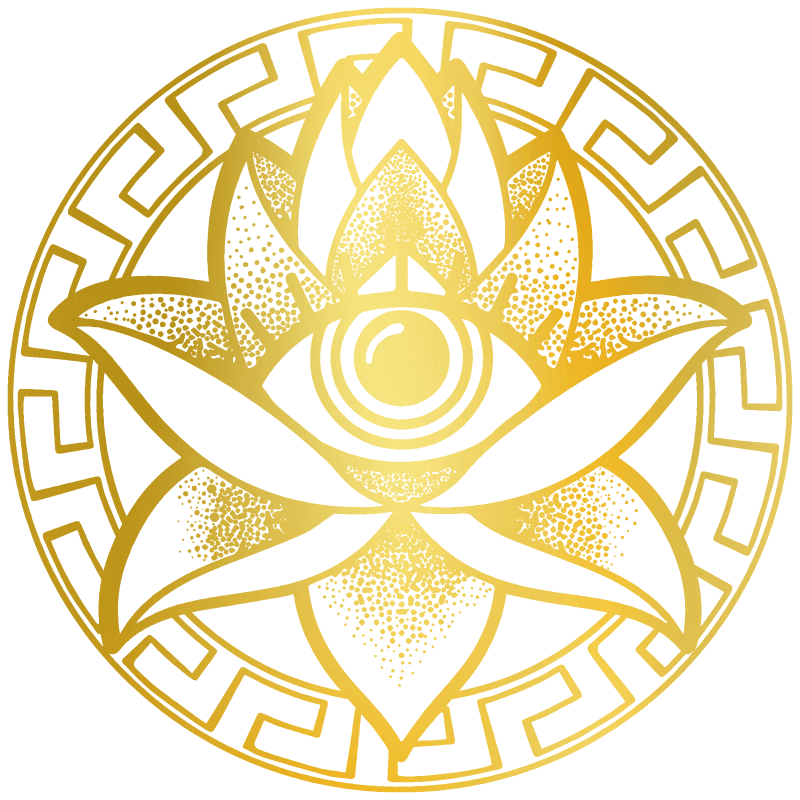Blue lotus (commonly Nymphaea caerulea, also called Egyptian blue lotus or blue water lily) is a water-lily historically used in ceremonial, medicinal and recreational contexts. Modern products include dried flowers for tea, extracts, tinctures and inhalable preparations. The plant contains psychoactive alkaloids and has been credited with relaxation, mild euphoria, sleep support and aphrodisiac effects — but clinical evidence in humans is sparse, and safety profiles are not well established.
How blue lotus acts in the body: key compounds and mechanisms
Blue lotus is chemically notable for alkaloids most often named apomorphine and nuciferine. Apomorphine is a dopamine-active compound that can stimulate dopamine receptors, while nuciferine is believed to interact with multiple receptor systems (including dopamine and serotonergic pathways) and has been explored in lab studies for antipsychotic-like and sedative properties. These neuroactive constituents are the most plausible biochemical explanation for reports of mood elevation, calming effects, and altered perception after consumption. Recent chemical analyses confirm variable alkaloid content across commercial products, which helps explain inconsistent effects reported by users.
Typical subjective effects reported
When consumed in traditional ways (tea, wine infusion) or modern forms (vaping extracts, tinctures), people most commonly report mild relaxation, anxiety reduction, subtle euphoria, and improved sleep onset. Some users describe enhanced sensory perception, dream vividness or mild stimulant-like uplift at low doses and deeper calm or sedative effects at higher doses. Reports of aphrodisiac effects come primarily from historical accounts and anecdotal modern use rather than controlled human trials. Because product potency varies dramatically, the subjective profile ranges from barely noticeable relaxation to disorientation or perceptual change in some cases.
What the science actually supports (and what it does not)
Controlled clinical research on blue lotus in humans is extremely limited. Most of the published evidence comes from chemical analyses, animal models, case reports and in vitro pharmacology. Animal studies and receptor assays suggest potential anxiolytic and sedative activity of certain alkaloids, but these findings do not translate directly into proven therapeutic effects for people. No regulatory body has approved blue lotus as a medical treatment, and there are no standard dosing guidelines backed by rigorous human trials. Expect marketing claims of definitive health benefits to be unproven until clinical studies are performed.
Safety, toxicity and reported adverse effects
Although many users tolerate low doses without obvious harm, documented adverse events exist and can be serious. Case series and clinical reports describe acute intoxication presenting with altered mental status, seizures, retrograde amnesia and movement abnormalities in some instances — particularly with vaping or concentrated extracts. Blue lotus products are not standardized; contaminants, incorrect species labeling, and variable alkaloid concentrations increase risk. Importantly, the plant is not regulated for human consumption in many jurisdictions, and quality control is inconsistent across suppliers. Anyone considering use should treat blue lotus like a psychotropic substance and prioritize safety.
Interactions, contraindications and legal status to consider
Blue lotus may interact with medications that affect the central nervous system, notably sedatives, antidepressants, antipsychotics and dopaminergic agents. It may also influence blood sugar and cardiovascular parameters in unpredictable ways. Pregnant or breastfeeding individuals, people with seizure disorders, those on psychiatric medications, or anyone with a serious medical condition should avoid blue lotus unless supervised by a clinician. Legal status varies by country and state: while the plant itself is often sold legally as an ornamental or herbal product, its use in consumable products may be restricted or explicitly discouraged by regulators.
Practical guidance for clinicians and consumers (risk-focused)
When addressing blue lotus use, clinicians should ask patients about herbal and recreational products, document route (tea, tincture, vaping), dose and frequency, and monitor for acute neurologic or psychiatric symptoms. For consumers who choose to try blue lotus despite limited evidence, harm-reduction steps include avoiding high-concentration extracts, never combining with alcohol or sedatives, avoiding driving or operating machinery after use, and buying only from vendors that provide third-party testing for contaminants and accurate species identification. If adverse reactions occur (seizure, severe confusion, breathing issues), seek emergency care.
Conclusion
Blue lotus contains biologically active alkaloids that can affect brain chemistry and produce relaxation, mild euphoria, or altered perception. Historical and anecdotal uses emphasize calming and aphrodisiac effects, but robust human clinical evidence is lacking, and documented toxicity cases show real risks with concentrated or adulterated preparations. Prioritize safety: verify product quality, avoid mixing with other psychoactive substances, and consult a healthcare professional before use — especially if you take prescription medication or have a medical condition.
FAQ’s
1. What is blue lotus?
Blue lotus is a water-lily (commonly Nymphaea caerulea) historically used in Egypt and elsewhere as an herbal infusion, tincture, or ceremonial plant. Modern products include dried flowers, teas, extracts and extracts for inhalation.
2. What effects do people report from blue lotus?
People commonly report mild relaxation, reduced anxiety, subtle mood lift, sleep support, and occasionally increased dream vividness. Effects vary widely by product, dose, and individual sensitivity.
3. Is there good scientific evidence that blue lotus works?
No strong clinical evidence exists. Most research is limited to chemical analyses, lab studies, and animal models. Human clinical trials are largely lacking, so claims of specific medical benefits are unproven.
4. How should blue lotus be taken?
Traditional routes are tea or infusion and tinctures. Some modern products are inhaled or vaped. Because products and concentrations vary, there are no standardized dosing guidelines — start very low if you choose to try it, and avoid concentrated extracts unless you understand the risks.
5. Is blue lotus safe?
Safety is uncertain. Many people tolerate low doses, but there are reports of adverse reactions (confusion, seizures, or other neurologic issues) with concentrated or contaminated products. Quality control is inconsistent across suppliers.

